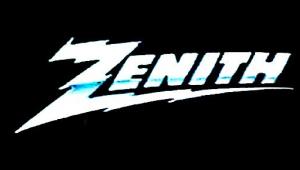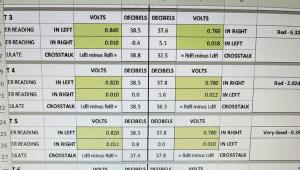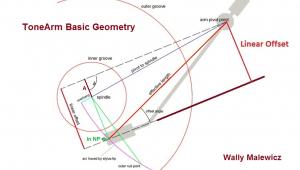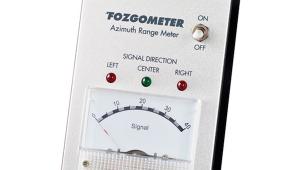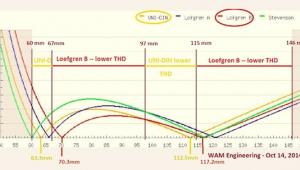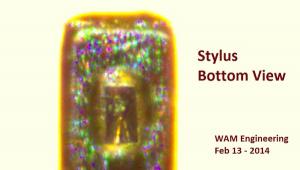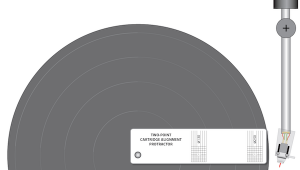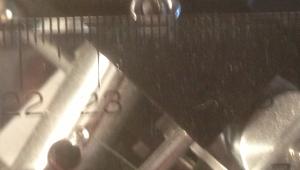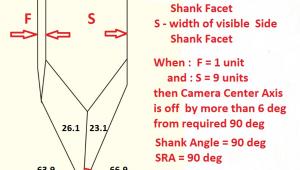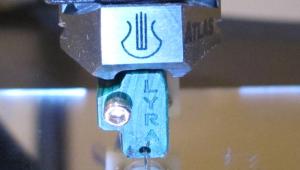Video Showing Setting Stylus Rake Angle Using a Digital USB Microscope
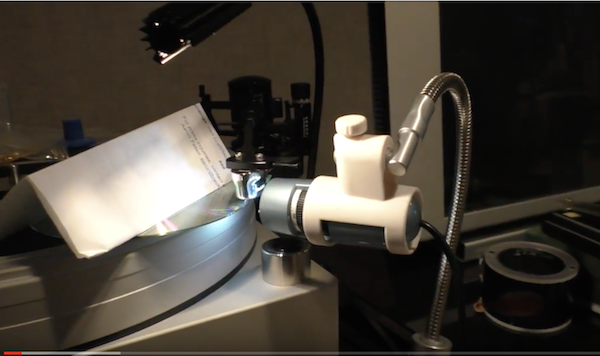
Short explanation: when records are cut the thread of just cut lacquer is extremely volatile and must be vacuumed into a collection jar. The thread must be removed from behind the cutter head, so the cutting stylus must make an angle of more than 90 degrees to the record surface in order to for the thread to be extracted. As you'll read in the analogPlanet story and in the PDF file, the authors traveled throughout America visiting mastering houses and measuring the cutter head stylus rake angles, which varied between 91 and about 94 or so degrees.
They chose 92 as an ideal compromise. However, if you wish to tweak it for every record in your collection, knock yourself out! I find 92 degrees suffices for most records. As for why this matters, you'll also find the answers in the analogPlanet post and the measurements in the PDF, which also includes a very interesting and useful discussion of various stylus profiles and their effect on sound.

